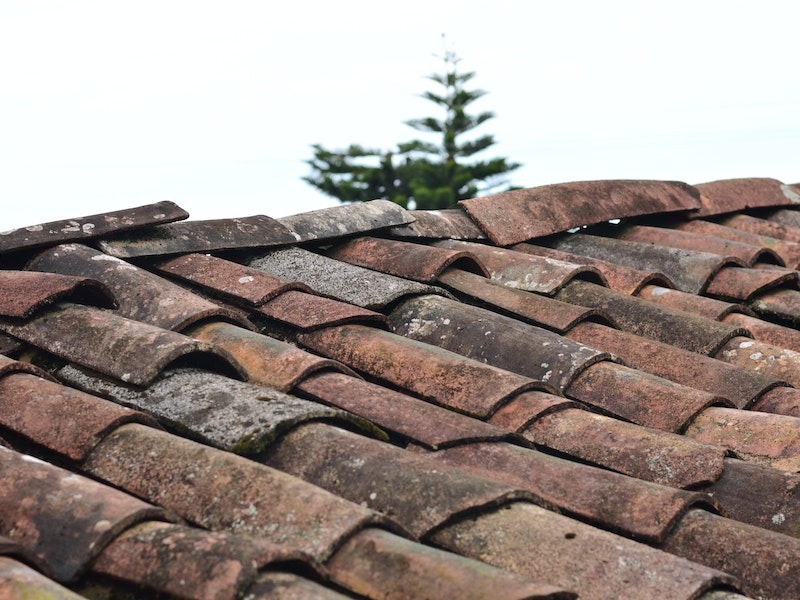Roof Tiles vs Shingle Roofing: Which One is Right For You?

When it comes to choosing the right roofing material for your home, there are many options to choose from. Two popular choices that often come up in the search for the perfect roof are roof tiles and shingle roofing. Both options have their own unique advantages and disadvantages, and understanding them can help you make an informed decision when choosing the right roofing material for your home. In this article, we will delve into the pros and cons of both roof tiles and shingle roofing, taking into account factors such as durability, cost, aesthetics, and maintenance.
Aesthetics and curb appeal
Both roof tiles and shingle roofing offer unique visual characteristics that can enhance the architectural style and appearance of your house. Roof tiles, often made using materials like clay or concrete, have been used for centuries and are known for their classic and timeless look. They also come in a variety of shapes, sizes, and colours, allowing you to select a style that complements the design of your home. Whether you prefer the rustic charm of terracotta tiles or the sleek elegance of slate tiles, roof tiles can add a touch of sophistication to any property.
On the other hand, shingle roofing, typically made of asphalt or fibreglass, is a more modern and versatile option. They are also available in a wide range of colours and styles, including architectural shingles that mimic the appearance of natural roofing materials like wood or slate. This flexibility allows homeowners to achieve the desired aesthetic without compromising on durability or cost.
Cost of the roofing material
Cost is often a significant factor in any home improvement project, and roofing is no exception. When comparing the cost of roof tiles and shingle roofing, there are several factors that come into play, including material costs, installation expenses, and long-term maintenance.
Roof tiles, particularly high-quality clay or slate tiles, tend to be more expensive upfront compared to shingle roofing. The cost of the tiles themselves, as well as the professional installation required, contribute to the higher price tag. Moreover, the weight of roof tiles, such as slate, may require additional structural support, further increasing the overall cost.
Shingle roofing is generally more affordable, both in terms of materials and installation. Asphalt shingles, in particular, are one of the most affordable types of roofing on the market and are also known for their cost-effectiveness and ease of installation. However, while the initial investment may be lower with shingles, it’s essential to consider their lifespan and potential replacement costs in the long run.
Lifespan and durability
Durability is a very important factor to consider when choosing a roofing material, as it directly impacts the lifespan and maintenance requirements of your roof. Roof tiles are renowned for their exceptional durability and longevity. For instance, clay and concrete tiles are highly resistant to fire, rot, and insect damage, making them an excellent choice for homeowners seeking a long-lasting roofing solution. In some cases, roof tiles can last for over 100 years with proper installation and maintenance.
Shingle roofing, while not as long-lasting as roof tiles, still provides adequate durability. Asphalt shingles, the most common type of shingle roofing, are designed to withstand harsh weather conditions, including wind, rain, and hail. However, their lifespan typically ranges from 15 to 30 years, depending on the quality of the shingles and the local climate.
Maintenance considerations
Roof tiles generally require minimal maintenance compared to shingles. Their durable nature means they are less susceptible to damage and degradation from different weather elements. However, occasional inspections are necessary to ensure there are no cracked or broken tiles, especially after severe weather events such as storms and heat waves. Additionally, moss or algae growth may occur on the tiles’ surface, requiring periodic cleaning to maintain their structural integrity and aesthetic appeal.
Shingle roofing, while relatively low-maintenance, may require more frequent attention as it is not as durable as roof tiles. Over time, shingles can become loose, cracked, or damaged, requiring immediate repairs to prevent water leaks and further deterioration of your roof. Regular cleaning is also necessary to remove debris and prevent the growth of moss or algae.
Environmental impact
In recent years, environmental considerations have become increasingly important when selecting construction materials, including roofing products. Both roof tiles and shingle roofing have their own environmental impact, and understanding this impact can help you make an environmentally conscious choice.
Roof tiles, particularly clay, wood, or concrete tiles, are known for their sustainability and eco-friendliness. These materials can also be recycled at the end of their lifespan. Additionally, their high thermal mass can contribute to energy efficiency by reducing heating and cooling needs, thereby decreasing your carbon footprint.
As for shingles, their environmental impact is a little bit more complicated. While asphalt shingles can be recycled, the vast majority end up in landfills after being replaced. Additionally, the production of asphalt shingles consumes a lot of energy and contributes to air pollution. However, the availability of eco-friendly shingle options is gradually improving the environmental profile of shingle roofing.
Final Thoughts
Choosing the right roofing material for your home is a decision that requires careful consideration, as both roof tiles and shingle roofing offer their own set of advantages and disadvantages, making the choice a matter of personal preference, budget, and desired aesthetics.
Roof tiles provide a classic and timeless look, exceptional durability, and minimal maintenance requirements. While they may require a higher initial investment, their longevity and sustainability make them a cost-effective choice in the long run. Shingle roofing, on the other hand, offers versatility in terms of aesthetics and affordability. While not as durable as roof tiles, shingle roofing can still provide adequate protection and curb appeal. However, regular maintenance and potential replacement costs for shingles should be factored into the overall cost analysis.





